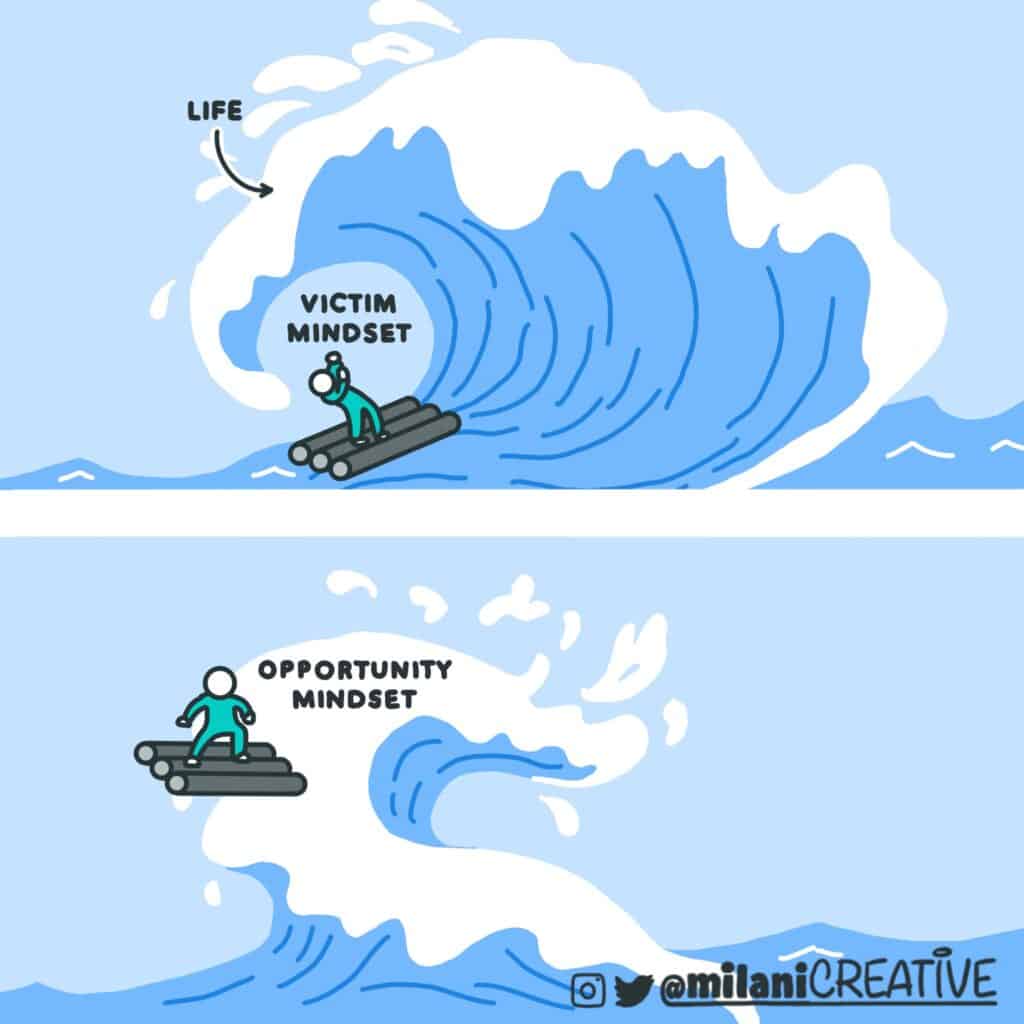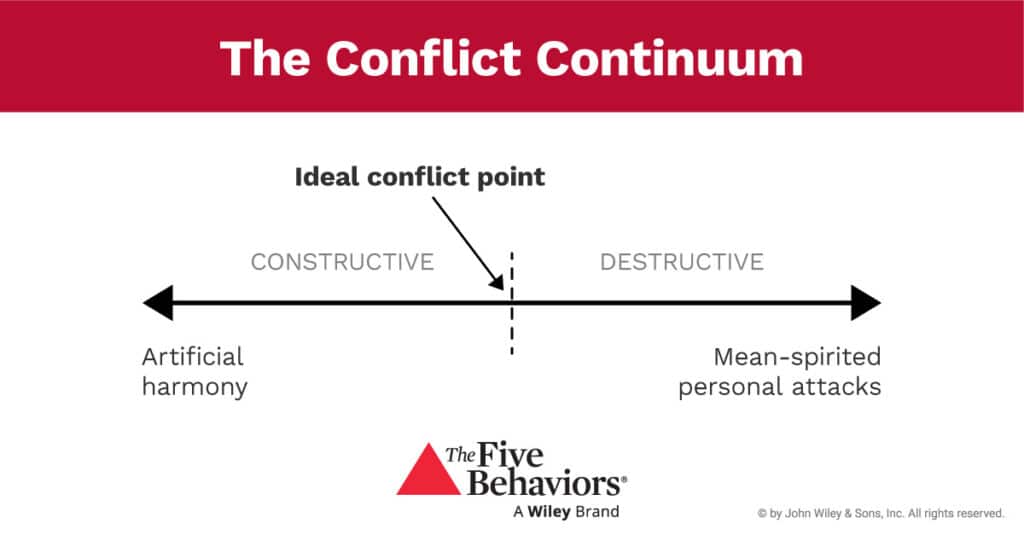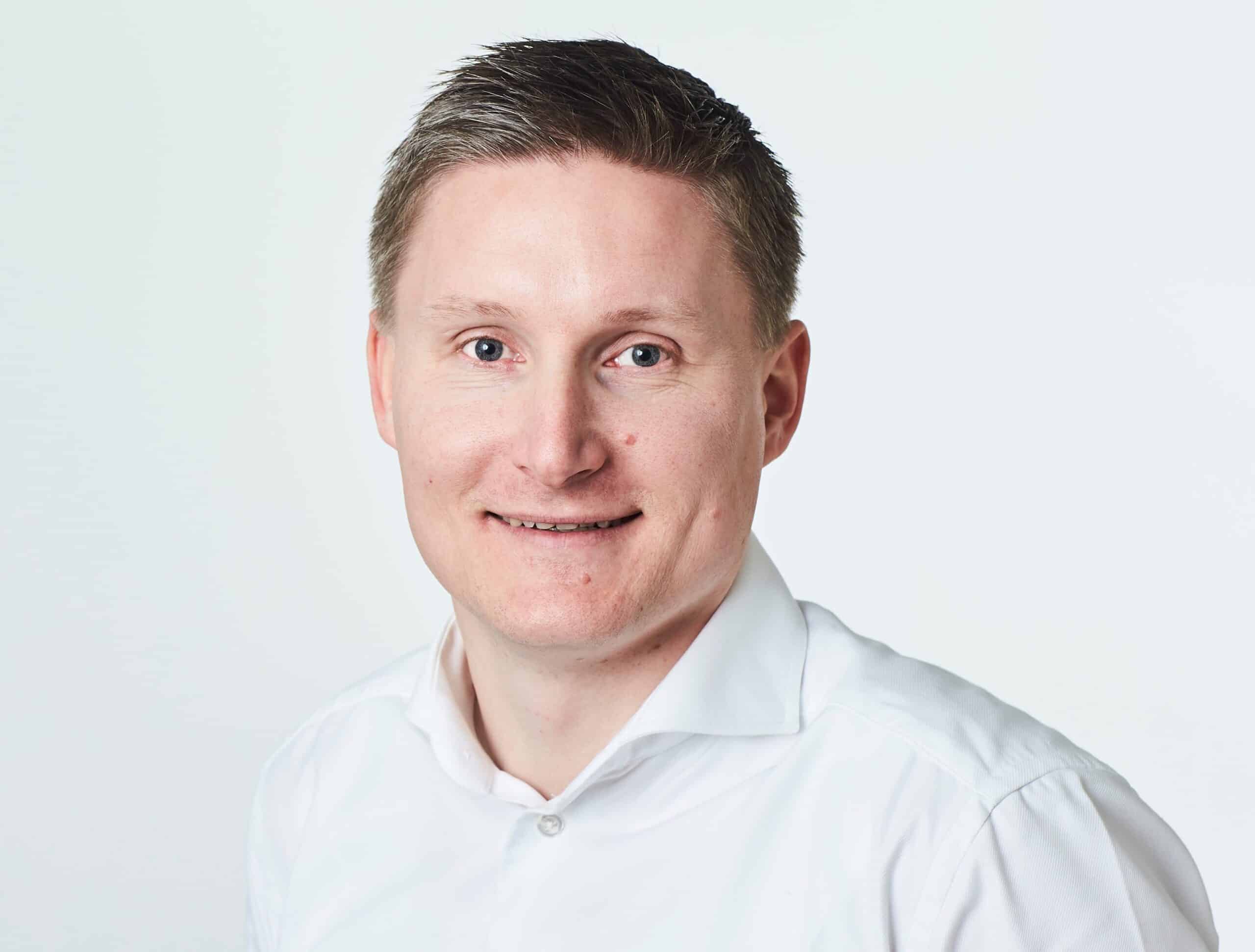The 3 ego-states.
When we as humans face challenges from different directions in our lives and professional careers, we often react and interact based on subconscious and old, tried and automatic reaction patterns.
In today’s blog, I will ‘zoom in’ on mindset and how we can take better control over our own lives and become responsible for our actions and what we can influence.
Our individual mindset is important for how we can impact others, groups and team performance as well as our individual performance. It has for years been an integrated part of elite sports to optimise also the mindset through mental training. I have been really privileged to Coach several endurance athletes over the years, where we have been working on their peak mental and emotional state as a basis for their high performance. So, mindset definitely matter be it in endurance sports as well as in the organisational workspace for team coherence and focus.
In 1958 Dr. Eric Berne introduced Transactional Analysis, a method for studying interactions between individuals[1]. One of his models described people and relationships based on their interactions. The model consisted of three parts or ego-states to our personality that converse or exchange with each other in different transactions[1].
According to this model, we each have three ego-states[1]: Parent, Adult and Child.

The Parent ego-state is the nurturing (caring and concerned) and controlling (critical) state often influenced by our own parents or primary caregivers. The Child ego-state is the more natural (playing and open) and adaptive state either changing to the world or rebelling. That is influenced from our own childhood.
Both the Parent and Child ego-states happen or are triggered subconsciously.
The Adult ego-state is however the self-aware and rational state where we respond to the here and now and can control our responses and behavior so we make conscious choices.
We can all react from these 3 different perspectives or states with different impact.
I think we can all recognize the situations, where we take on the Parent perspective. We recognize those patterns of reactions from our own parents, at least I do 🙂 We might then become too controlling, directive and judgmental and blame others. When that happens in our interactions with others, it may be in our relationships with a co-worker, our partner or someone else, it might automatically, subconsciously trigger them to go into the Child state where they become rebellious or go into a defensive mode and say things like “you always blame me for everything!”[1].
It is really interesting how we are all affected by our subconscious mental states and this model shows how we can work with our mindset to more consciously choose how we respond, react and behave. We can chose a more Adult perspective, where we take a more conscious choice.
Remember these different ego-states for later, when we go deeper into mindset.
When it comes to teams and high performance, the mindset of the individual team members has a huge impact on the team atmosphere, well-being and how the team performs overall.
In the next, we will consider another model relating to our mindset that can help you navigate your focus to create a proactive mindset as a foundation for the the team atmosphere and focus.
Living above the line: The OARBED model.
A great model to consider relating to mindset when facing challenges in life is the OARBED model also known as the ‘above and below the line model’[2]. When you explore this model, both Robert Kiyosaki, Bobbi DePorter and Marshall Thurber have been associated with the development of it. However, it has not been possible to find the main source of the model’s creation. Hence, I have adapted it from Bobbi DePorter’s framework[2].
What the OARBED model entails is that when challenges arise, we have different choices for how to approach them.
To visualize it a horizontal line can represent our choices as below. We all have choices for how to proactively react, which affect our mindset. The choices can then come from either above or below the line. So, choosing to be ‘above the line’ is a choice of taking ownership for living and working with responsibility and accountability.

Taking ownership is about owning what you say, do and think and for all the choices you make. Even if things go wrong, you own it and thereby you are accountable.
Living ‘above the line’ is a place where you have more of an opportunity mindset like that of a victor. That can bring you more freedom, trust, power and success where you are not a victim of all the external circumstances, but you accept responsibility for your life and actions. When living and working ‘below the line’ you tend to blame others for your mistakes, make excuses for mistakes or even try to justify your actions or deny them.

If you remember the 3 Ego-states, then the Parent and Child ego-states can also automatically divert to ‘below the line’ behaviors. When we fall into the trap of having a Child ego-state, we may become a victim blaming or denying in our interactions as an example.
Often when living ‘below the line’ people will use language like you, them, they statements, e.g. “it is your fault, not mine”, “those Finance colleagues they are always bothering me with my budget”, “it is them, not me being responsible for this task” to mention a few 😉
On the other hand, living ‘above the line’ often entails using language like I, Us, We, Ours. It can be statements like “it is my fault”, “I did this mistake and will correct it”, “we can do this and will take this task to succeed in the team” or “I didn’t get the intended promotion, but I will use it as a great starting point to develop my skills”.
It is amazing how much our mindset and focus means for our well-being, performance and learning.
And some of the greatest mental shifts simply happen when we begin taking responsibility for our own actions and attitude and own what we do or choose.
In the next section, I will relate mindset to conflicts as conflicts have so much to do with our interactions with others. One of the great team development and learning concepts for working with conflict is Patrick Lencioni’s The Five Behaviors of a Cohesive Team® or The Five Behaviors® based on his renowned book ‘The Five Dysfunctions of a Team’.
The Conflict Continuum: Constructive Conflict.
When we consider interactions in the workplace they typically have a professional nature to them. So, when we interact with others in organizations, conflicts are often thought of as something we should avoid, as something threatening. And even something unprofessional to some extend.
Our primal brains experience conflicts as a threat to our stable, harmonic and social connections.
However, contrary to popular belief conflicts are actually a prerequisite for building high-performing teams.
Constructive and healthy conflict are an integrated part of teams that perform at their peak. It requires trust and psychological safety in the teamwork.
The simple ‘Conflict Continuum’ from Patrick Lencioni’s Five Behaviors® model illustrates how conflict in teams varies. As you can see from the model shown below, no or little conflict in a team can indicate artificial harmony, whereas destructive personal attacks indicate a hostile environment lacking trust.

The sweet spot, the ideal conflict point, is in the PUD (passionate unfiltered debate) as indicated, which is achieved through creating a trusting team atmosphere.
It is about creating vulnerability-based trust, about knowing others’ preferences of communication. Here the leader is the role model, the climate setter.
If we relate ‘The Conflict Continuum’ with the three ego-states and the OARBED model, then often times when we interact with others in conflict from a Child vs. Parent ego-state then we risk having more destructive conflicts. Whereas, if we chose an Adult ego-state we can easier and consciously chose our reactions to be more constructive.
The same applies if we begin to live ‘above the line’ with more of an opportunity mindset that will lead to more constructive conflicts if there is a strong foundation of trust.
Now I am curious to hear how you have experienced that mindset affect teamwork and team performance?
If you are curious to experience how we integrate and explore these aspects of mindset in Leadership Coaching, Team Coaching or Transition Coaching, please feel free to contact me or schedule a free coaching discovery call.
References.
[1]Calcaterra, N. B. (2004) Transactional Analysis. Available at Transactional Analysis (Ericberne.com). (Accessed 20 March 2023).
[2]DePorter, B. (2023) Above the Line: Where are you living? Available at Above the Line (SuperCamp.com). (Accessed 27 March 2023).
[3]Milani, P. (2023) Defined by helplessness or defined by determination. Available at @milanicreative (Twitter).
[4]Willey & Sons, Inc. (2023) The Conflict Continuum. Available at The Five Behaviors®: A Wiley Brand (Fivebehaviors.com). (Accessed 29 March 2023).

